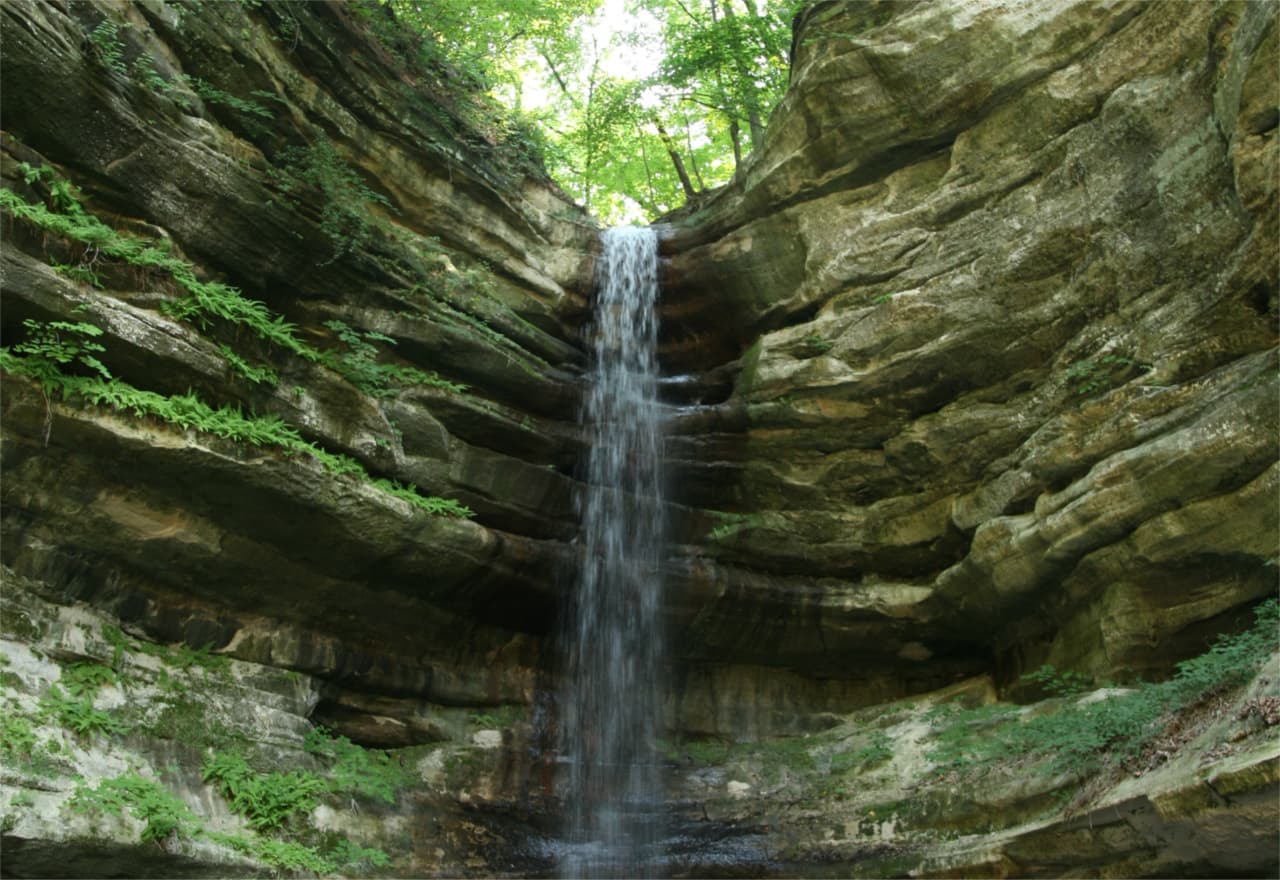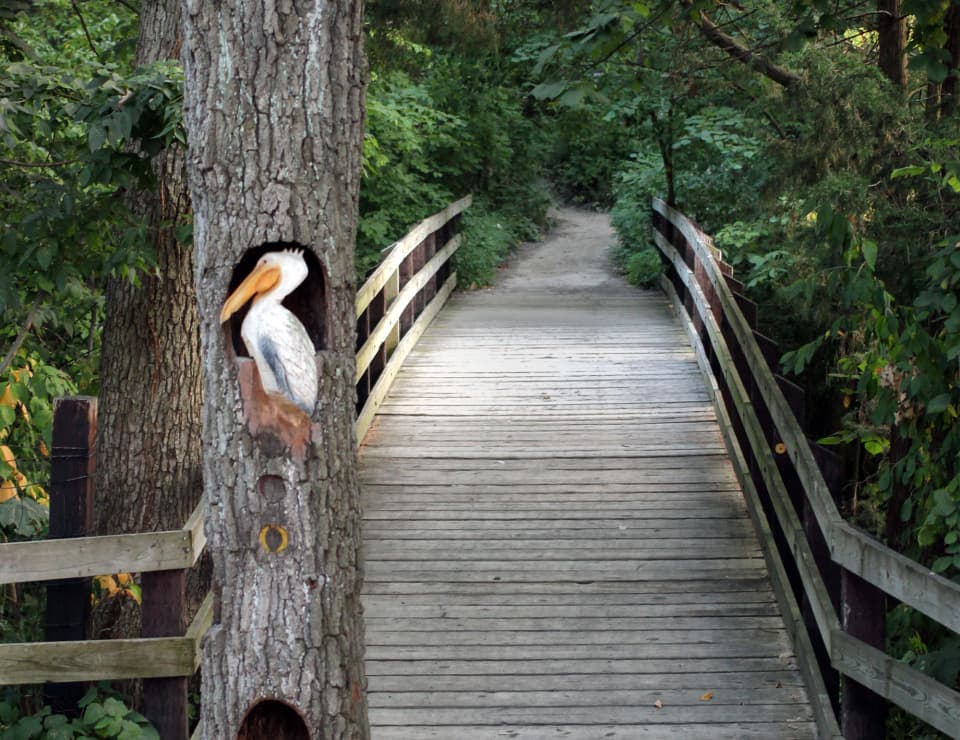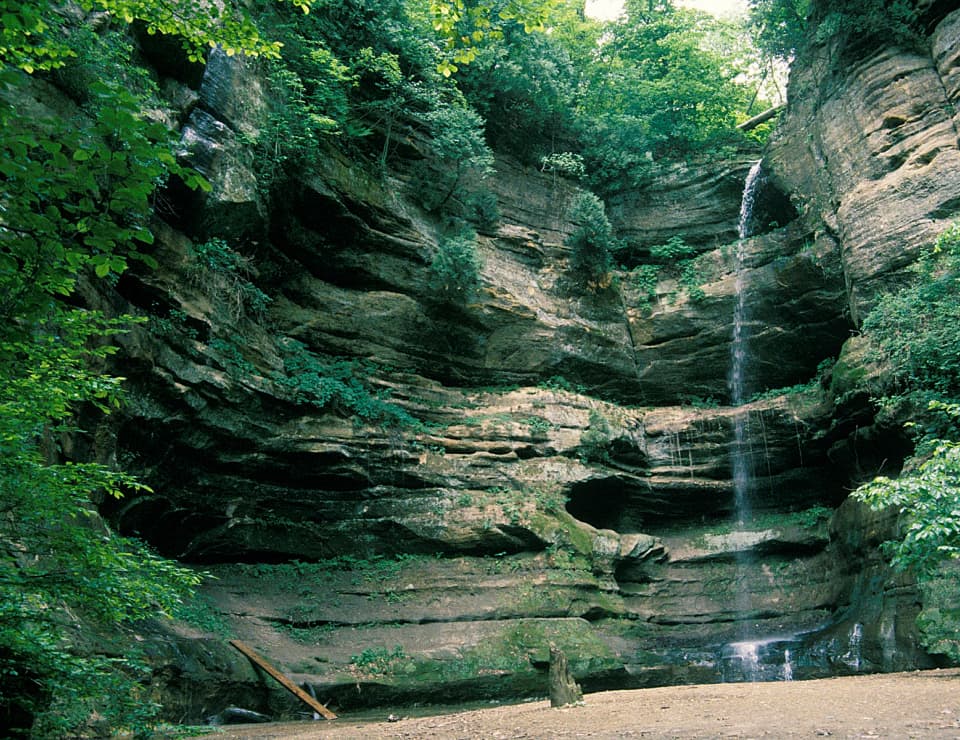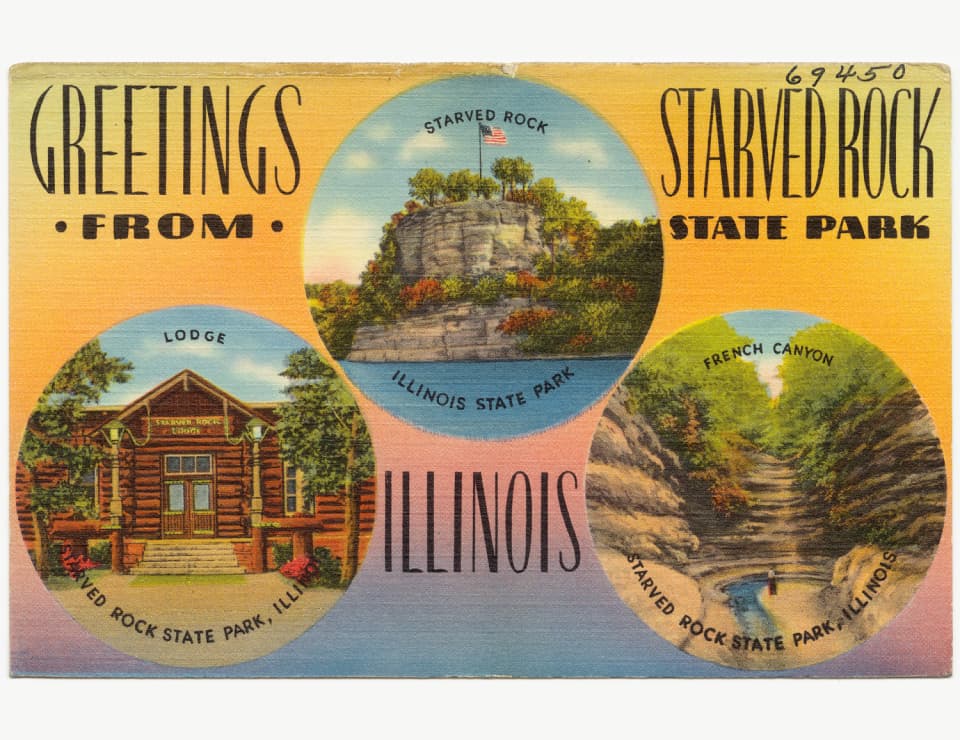Starved Rock State Park

Praise from our satisfied customers:

History
Starved Rock State Park with Pets
Pets are allowed on
All trails, except for the Wildcat Canyon trail and the LaSalle Canyon trail.
All campsites, except for the youth group camp.
All picnic areas, except for the sheltered areas.
All boats and canoes, as long as they wear a life jacket.
Pets are not allowed on
Any buildings, including the visitor center, the lodge, and the cabins.
Any natural areas that are designated as sensitive or protected, such as the canyons and the waterfalls.
Any areas that are marked as off-limits for pets.
Some general tips
Keep your pet on a leash at all times, no longer than 10 feet.
Clean up after your pet and dispose of their waste properly.
Bring enough water and food for your pet, especially on hot days.
Do not leave your pet unattended in your car or tent.
Respect other visitors and wildlife, and keep your pet under control.
Flora & Fauna
Taking Care of your Dog
Check your dog for ticks after every hike. Ticks can carry diseases such as Lyme disease and Rocky Mountain spotted fever. If you find a tick on your dog, remove it carefully with tweezers or a tick remover tool. Do not squeeze or twist the tick. Clean the bite area with soap and water or alcohol.
Protect your dog from fleas. Fleas can cause itching, allergies, and infections in your dog. They can also transmit parasites such as tapeworms. To prevent fleas, use a flea collar, a topical treatment, or an oral medication for your dog. Consult your veterinarian for the best option for your dog.
Keep your dog hydrated. Your dog needs plenty of water to stay cool and prevent dehydration. Bring a collapsible bowl and a bottle of water for your dog. Offer your dog water frequently, especially on hot days. Do not let your dog drink from stagnant or contaminated water sources, such as puddles or streams. They may contain harmful bacteria or parasites that can make your dog sick.

Avoid heatstroke. Heatstroke is a life-threatening condition that occurs when your dog's body temperature rises above 104°F. It can cause organ failure, brain damage, or death. To prevent heatstroke, avoid hiking during the hottest part of the day, provide shade and water for your dog, and watch for signs of overheating, such as panting, drooling, weakness, confusion, vomiting, or collapse. If you suspect your dog has heatstroke, move them to a cool place, wet their fur with cool water, and seek veterinary attention immediately.
Taking Care of your Cat

Keep your cat indoors. Cats are safer and happier indoors, where they are protected from predators, diseases, parasites, traffic, and other dangers. Cats can also harm the wildlife and the environment by hunting, killing, or spreading diseases. If you want to take your cat outside, use a harness and a leash, and supervise them at all times.
Provide a litter box. Your cat needs a clean and comfortable place to do their business. Bring a litter box and some litter for your cat. Place the litter box in a quiet and secluded spot in your tent or cabin. Scoop the litter box daily and dispose of the waste properly.
Provide enrichment. Your cat needs mental and physical stimulation to prevent boredom and stress. Bring some toys and treats for your cat. Play with your cat using interactive toys, such as feather wands, laser pointers, or balls. Reward your cat with treats for good behavior or tricks. You can also provide some scratching posts or pads for your cat to sharpen their claws and mark their territory.
Avoid stress. Cats are sensitive to changes in their environment and routine. Traveling and staying in a new place can be stressful for your cat. To reduce stress, try to keep your cat's schedule as normal as possible. Feed them at the same time, give them the same food, and follow their usual bedtime routine. You can also provide some familiar items, such as their bed, blanket, or favorite toy, to make them feel more at home.
Interesting Facts
Starved Rock State Park is the most visited state park in Illinois, with over 2 million visitors per year.
Starved Rock State Park has 18 canyons, 14 of which have waterfalls. The highest waterfall is 80 feet tall, and it is located in LaSalle Canyon.
Starved Rock State Park has over 13 miles of hiking trails, ranging from easy to strenuous. The most popular trail is the Starved Rock Trail, which leads to the top of the rock formation that gives the park its name.
Starved Rock State Park has a lodge that was built in 1939 by the Civilian Conservation Corps (CCC), a program that employed young men during the Great Depression. The lodge features a rustic style, a large fireplace, and a mural depicting the history of the park.

Starved Rock State Park hosts several events throughout the year, such as the Bald Eagle Watch Weekend in January, the Maple Syrup Festival in March, the Wildflower Pilgrimage in April, the Burgoo Festival in October, and the Christmas Lights Show in December.